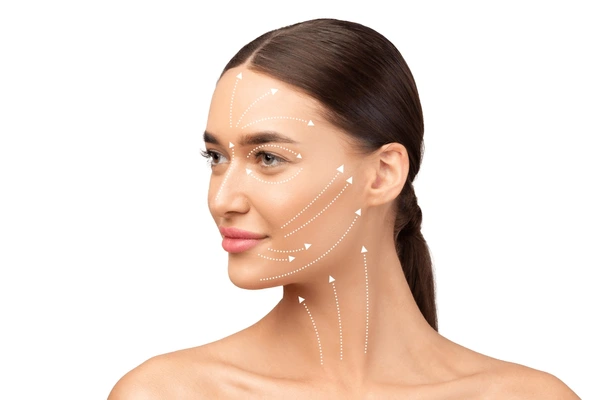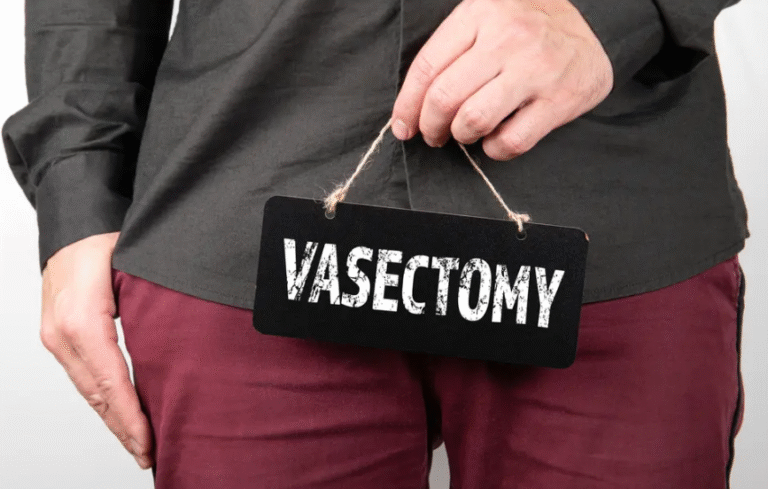
Hair loss treatments have improved a lot. From harsh chemical solutions to supplements, there’s no shortage of products that promise better and thicker hair. But one method has quickly gained popularity among medical professionals and clinics – PRP.
Despite the fancy name and the idea of having your own blood injected into your scalp, it’s a surprisingly straightforward process. But the big question still stands: Is PRP for hair loss safe?
Let’s break it down.
What Even Is PRP?
PRP, for Platelet-Rich Plasma, is a concentrated solution made from your own blood. A small amount is drawn, spun in a centrifuge to separate the blood, and then the plasma is injected into areas of your scalp where hair thinning or loss is happening.
It might sound intense, but this treatment has been used in other areas of medicine for years. Doctors noticed that the plasma was rich in growth factors and helped tissues recover faster. So, they tried it on dormant hair follicles too, and it worked.
Is It Actually Safe?
The short answer is, yes. PRP is generally considered safe and is even approved by the FDA (Food and Drug Administration). But let’s not just leave it at that.
One of the reasons PRP for hair loss has a good safety record is that the treatment uses your own blood. This means that no foreign substances are going into your body, which easily reduces the chance of complications or negative reactions.
It’s a big win, especially compared to some topical treatments and pills that come with side effects like hormonal imbalances or skin irritation. That’s not to say that PRP has no side effects. These are rare, and if they do occur, are usually minor.
Some common side effects include:
- Mild pain or sensitivity at the injection site
- Temporary swelling or redness
- Occasional headaches or tightness in the scalp
Most people are able to return to their usual routine right after a session, so these side effects are almost always short-lived.
What About Long-Term Risks?
A lot of treatments seem to be working well at first, but turn into problems later on. In case of PRP, there’s no known long-term risk or side effect when it’s performed by a qualified medical professional. It won’t affect your hormones or your scalp.
However, because PRP relies on the natural growth cycle of your hair, it’s not a one-time thing. You will likely need multiple sessions for monitoring the growth as well as managing any potential pain.
This doesn’t really count as a downside, but for those looking for an instant solution, know that PRP works, but it takes time.
Who Is a Good Candidate?
PRP tends to work best for people in the early stages of hair thinning. If your hair loss is more recent or you’re noticing your hair getting weaker, you will probably see better results compared to someone who has already lost a large amount of hair and has inactive follicles.
On the other hand, PRP might not be a good option if:
- You have a blood disorder or clotting issues.
- You’re on blood thinners.
- You have a history of scalp conditions.
Since PRP treatment relies on your blood, you can’t risk it if it isn’t in a healthy state.






